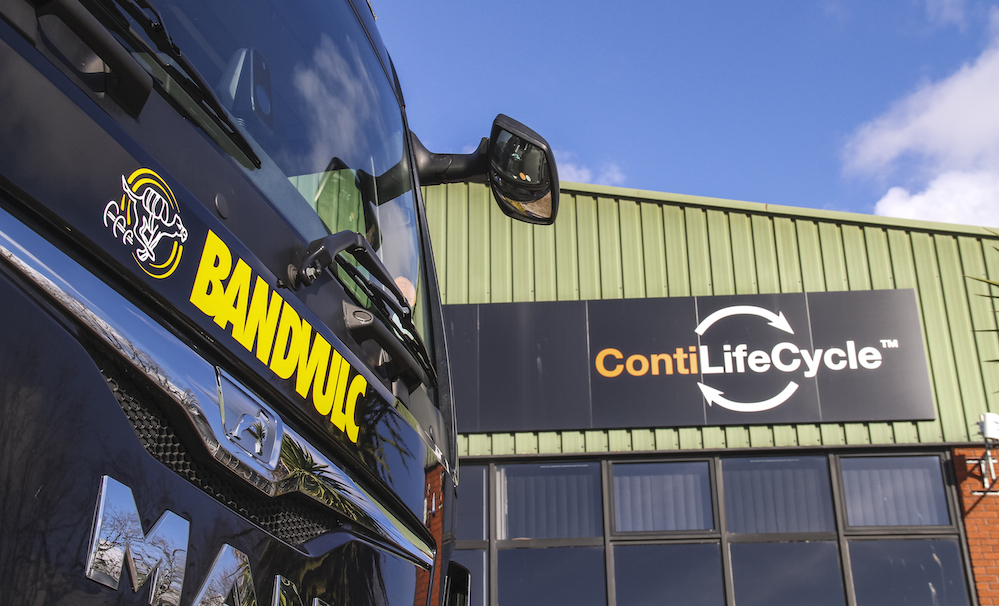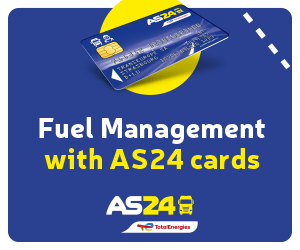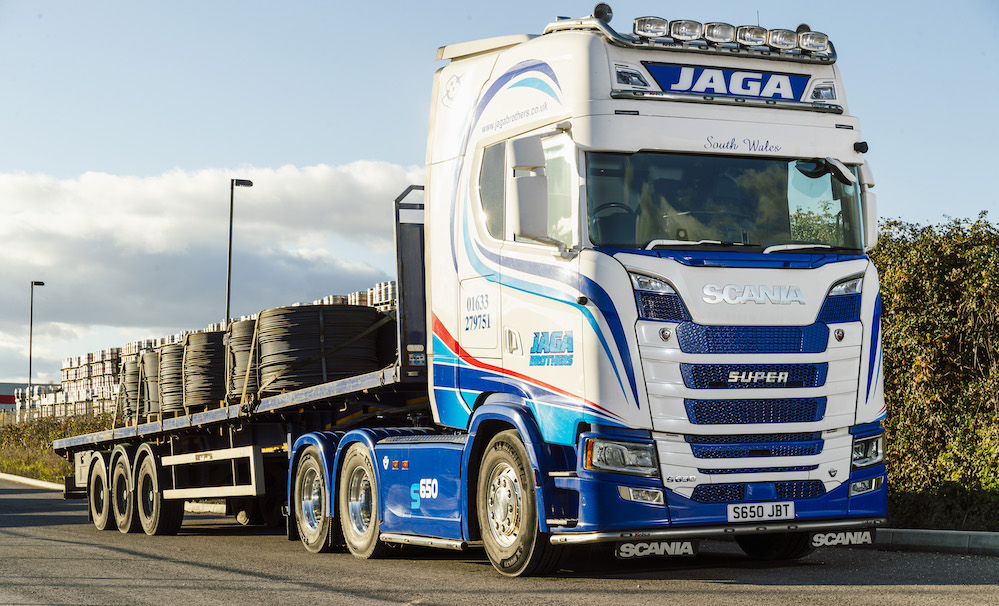The benefits operators can gain from retreading their tyres are numerous. With retreads, fleets achieve 95 per cent mileage at 70 per cent of the cost of a new tyre, offering excellent value for money and significantly reducing running costs in a competitive fleet market.
The process means 80 per cent of the materials required to manufacture a new tyre are saved, therefore significantly reducing the impact on the environment.
However, if operators are to reap the benefits that retreading can bring to their bottom line, and to their environmental impact, they first need to ensure that they have a good tyre casing.
Arthur Gregg, Managing Director at Bandvulc, explains the importance of good casing management and how Bandvulc, the UK’s leading commercial retreader, recommends casing management to help fleets get the most out of their tyres.
Why is casing management important?
Expert tyre husbandry is key to prolonging the life of the tyres on a commercial fleet, and together with retreading, casing management is both an economical and environmentally friendly option. Indeed, for every casing that it retreads, Bandvulc is able to save 68 litres of oil, 30kg of rubber, 20kg of steel and 60kg of CO2.
A robust quality casing is crucial if operators wish to extend the life of their tyres with remoulding and retreading.
Retreads rely on casings so operators benefit not only from professional inspection and appraisal of their tyres, but also from advice on how to adapt and refine driving behaviour and tyre policy. It certainly helps to have an expert team to keep a constant eye on cost.
Expert inspection and appraisal
After Bandvulc collects a fleet operator’s tyres and returns them to its UK plant in Ivybridge, the casings are professionally inspected by an in-house team. Working on a 24-hour, 3-shift system, inspectors are able to assess around 2,500 casings per day.
The casing is inspected for two reasons. Firstly, to determine whether the casing can be retreaded, and therefore offer the fleet operator significant cost savings. Secondly, to see if the operator and its drivers have been using the casing correctly and making the most of its potential.
For example, the checks highlight if the tyre has been placed on the wrong axle, misaligned, or under- or over-inflated. In any of these scenarios, the inspection team at Bandvulc is able to determine the cause of damage from the state of the tread and confirm whether the operator has been using the correct tyre for the application.
Following this assessment, Bandvulc offers the operator expert advice to help address any application issues, and improve fleet performance, efficiency and safety. In certain situations, it may be recommended that the operator fits an entirely new tyre. Ultimately, by refining driving behaviour or adapting their tyre policy, the fleet operator is able to save significant amounts of money.
Detailed casing report
Following inspection and appraisal, Bandvulc generates a detailed casing report for the fleet operator, which acts as a diagnosis or health check for their casings. Providing operators with absolute transparency, the report is divided into three sections: acceptance analysis, fault analysis, and cost.
In the acceptance analysis section, the fleet operator is presented with a number of graphs that, for every month of the year, show exactly how many of their ‘first life’ casings and retreads were accepted and rejected.
Particularly useful to the operator is a graph that details the number of accepted and rejected casings according to their application. This shows the vehicle positions – drive, trailer or steer – in which the casings are wearing the most, providing valuable insight for the operator to take remedial action.
In the fault analysis section, the fleet operator receives a summary of their rejected casings, as well as the reason for rejection. The detailed list of reasons includes bead damage, run flats, shoulder wear, punctured tyre and visible shield belts. This is paired with information on the number of casings rejected by size and make, as well as on any axle alignment issues, flat spotted tyres and first life tyre failings.
The report shows the fleet operator exactly which of their casings are failing and why. The operator can then use this information to adjust their tyre policy as necessary and address any issues with driving behaviour across the fleet.
The final section of the report addresses cost and shows how much money the fleet operator received for returning their casing. This money is credited to the operator’s account or can be used to fund retread exchanges in future.
If a casing shows signs of excessive damage and cannot be retreaded in any way, it is rejected and recycled. In line with Bandvulc’s continuous drive to enhance sustainability, all casings are disposed of in an environmentally friendly manner. The manufacturer has numerous contracts with waste providers, ensuring that the rubber is used to create matting for children’s playgrounds, for example.
Arthur Gregg said, “At Bandvulc, we always recommend that fleets regroove their tyres and then leave their tyres on until 3mm tread remains. This ensures that the casing remains in good shape, allowing operators to make the most of the retreading and regrooving processes available to them whilst optimising fuel efficiency.
“As circumstances and requirements differ greatly from fleet to fleet, we strongly advise that operators get in touch with us to discuss their particular needs. In doing so, they can learn more about our professional casing management system and how we can assist them in achieving the lowest overall driving costs.”







